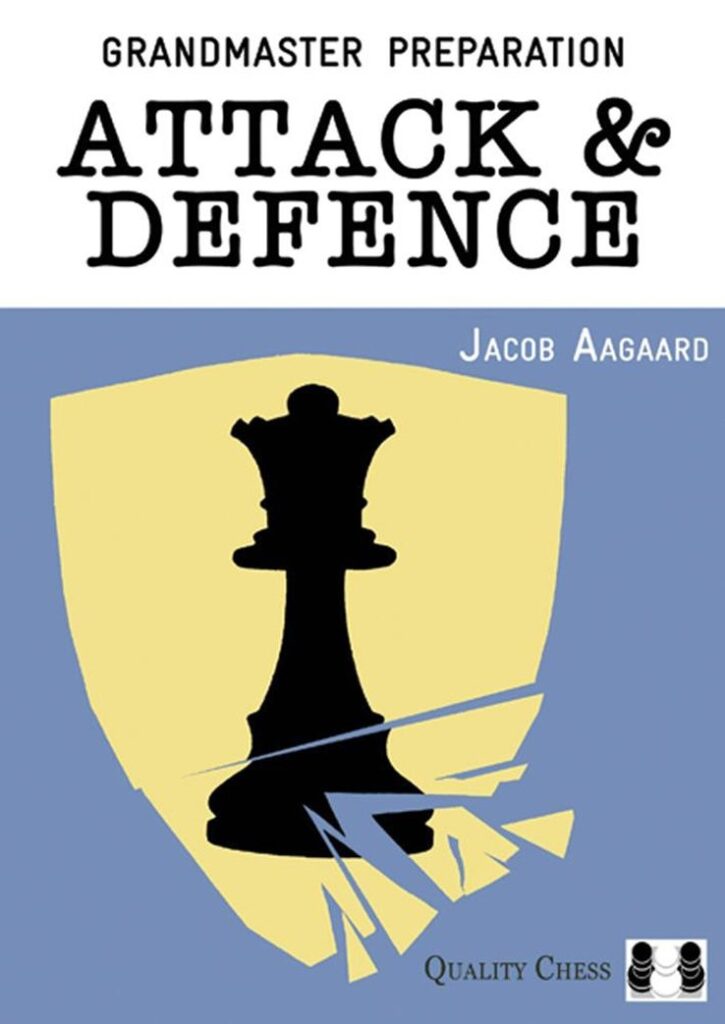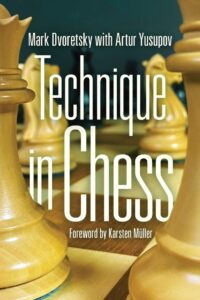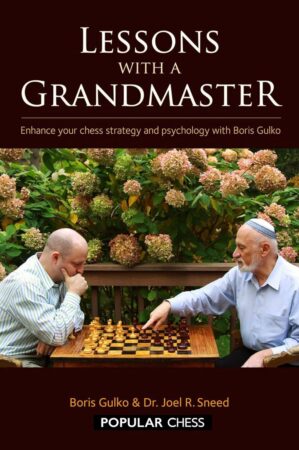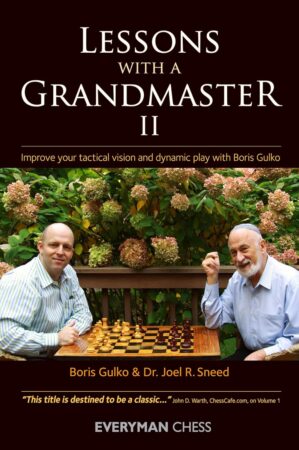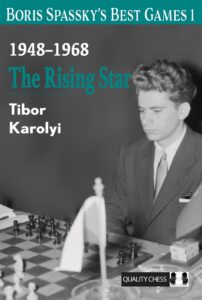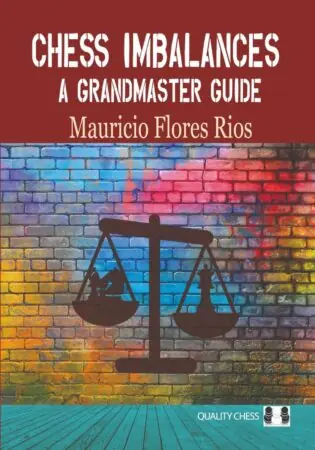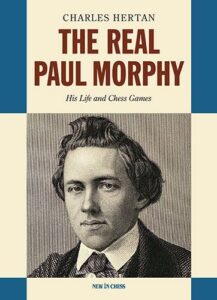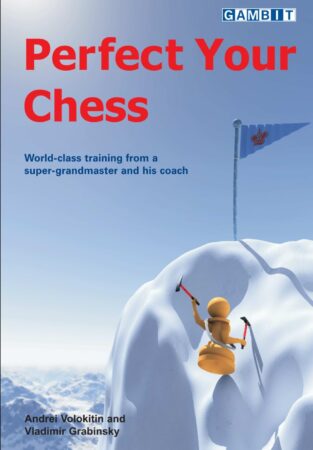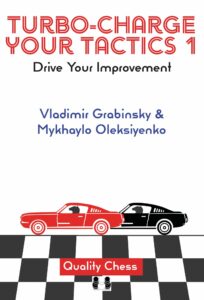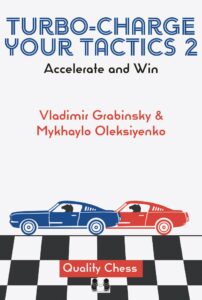GM Preparation: Attack and Defense is the fourth book in Jacob Aagaard’s GM Preparation series. The first book in the series, Calculation, was a result of Jacob’s work with Boris Gelfand. It was a collection of exercises he had compiled for Gelfand’s training and preparation for the world championship cycle. Attack and Defense is a result of his work with Sam Shankland and Gelfand in 2014. Aagaard is a Grandmaster, one of the best chess authors, but, most of all, a chess coach. He has worked with some of the strongest players in the world, and this book is a result of that work. A series of exercises for Grandmaster level preparation in offensive and defensive positions.
If you haven’t read Aagaard’s Attacking Manual 1, you should. Attack and Defense is a workbook that should accompany the manual. When compared to Calculation, it’s more strategic in nature, but it’s still focused on providing excellent, hand-picked material for improving calculation.
The book is structured according to advanced attacking principles. Not themes such as h-file attacks, or attacking a fianchetto, but concepts that apply in any position.
Some chapters, such as the one on Including all the pieces into the attack, may seem like obvious advice, and they should be for any advanced player, but they are accompanied with exceptionally useful and difficult problems that illustrate the subtleties of the concept not many of us have considered before.
On the other hand, chapters on concepts such as momentum, attack the strongest square, kill zone and evolution/revolution, introduce many new ways of thinking about positions in which one side has the initiative. I found many of Aagaard’s ideas revolutionary.
My favorite part of GM Preparation: Attack and Defense is the part on defense. If you go online, or if you buy chess books with tactical problems you can solve, 99% of them will be “white to play and mate”, “how do you continue the attack”, and so on. Most books are on how to win the game. There are very few books devoted to how not to lose a game. The true value of Attack and Defense, in my opinion, lies in the final few chapters, the ones that deal with defending in complex tactical situations. Your ability to defend when worse or when better is what’s going to earn you the most points in my experience. I must have lost at least 50 games in my career because I defended poorly against my opponent’s only idea even though I was “better” according to an engine. Aagaard simplifies thinking processes we can look to when we’re forced to defend. Solving every position in the book made me more aware of what to look for and what to look out for when defending.
GM Preparation: Attack and Defense is a book for advanced players who want to become more efficient at calculation, attacking, converting positions, and defending worse positions. It’s an exceptional set of problems you can’t find in free resources. If you are a strong player, read this book. You will undoubtedly see benefits.

